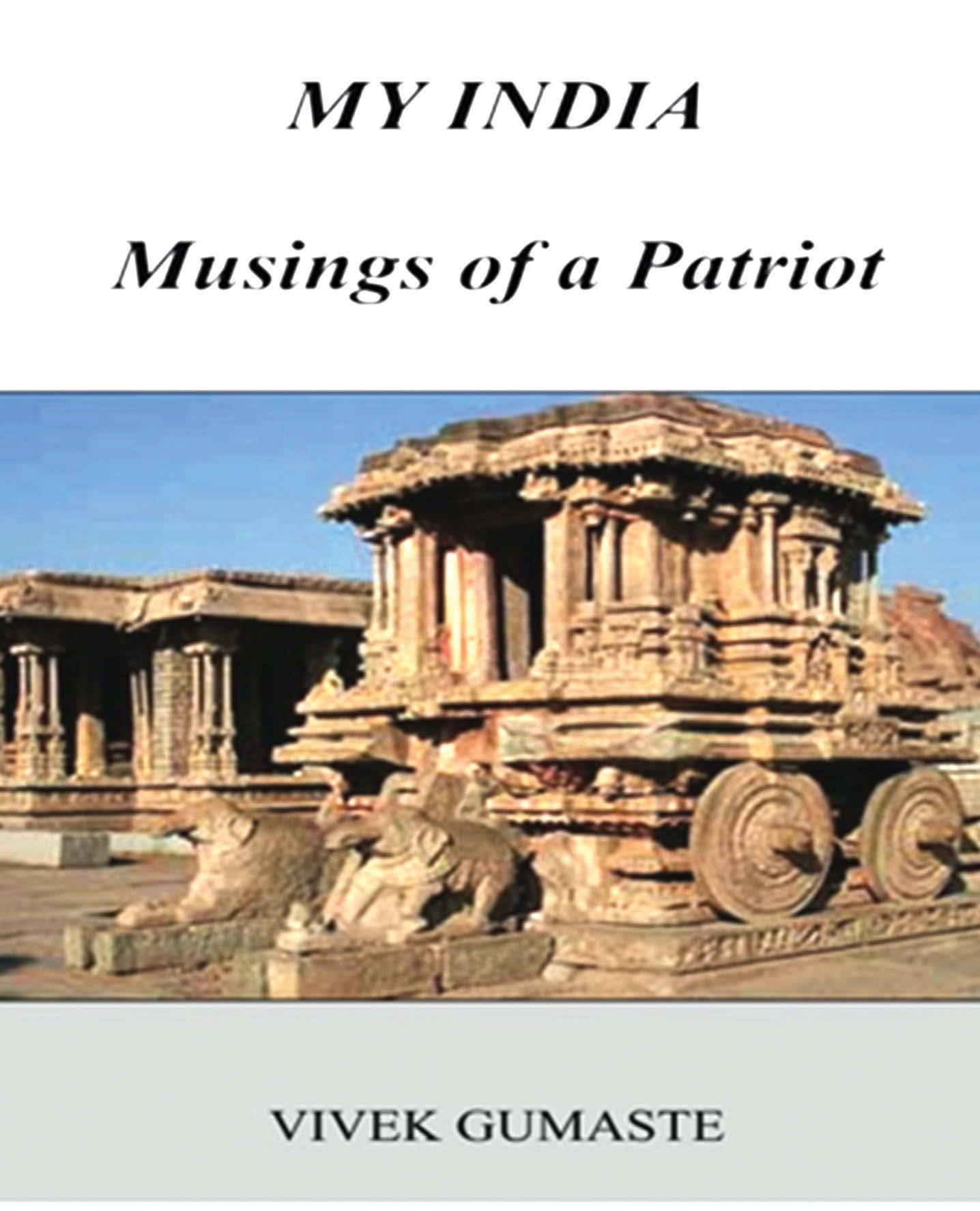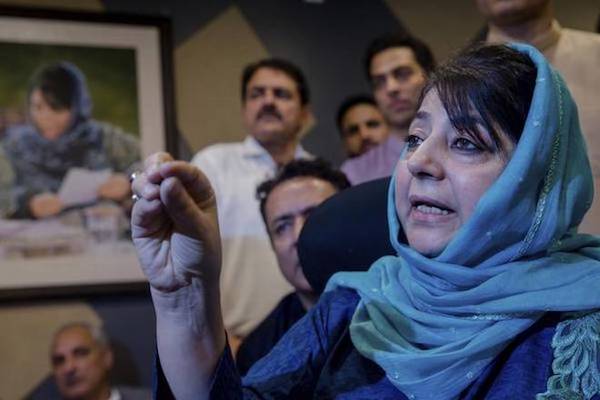
My India is a collection of op-ed articles and columns which deal with hot button issues relevant to modern India and which have appeared in mainstream Indian newspapers like the New Indian Express, the Hindustan Times, the Sunday Guardian and popular news portals like Rediff and Huffington Post (India).
Spread out over 290 pages and divided into 11 sections are 59 concise essays that convey a distinct point of view. Topics addressed include India’s secularism, its troubled relations with its neighbors India and China, the contentious Kashmir dispute, cross border terrorism and a host of other issues. .
With a broad brush the author paints the landscape of modern India with strokes that highlight its aspirations, its deficiencies and the dangers that lurk within and without its borders, producing in the process authentic picture of current India, albeit in words.
Leading the way is the first section that attempts to define and bring some clarity to the much bandied term secularism. In an article, No Devil in the Detail, the author points out: “The Constitution of India, therefore, does not categorically define who is a majority or a minority and what constitutes a minority religion let alone identifying such an entity or entities specifically by name………Was this an oversight on the part of our founding fathers? Did they negligently forget to address such a weighty issue in a society that is glaringly diverse in nature, caste ridden since time immemorial and wracked incessantly by communal discord? Or was this an deliberate omission with an express purpose: namely to nip in the bud nascent divisive tendencies right atthe inception of a new nation and chart the course for a classless society that would not recognize minority or majority but only individuals with needs and rights? That seems to have been the idea. (pp 4).
Further Vivek Gumaste avers: “The term minority is an oxymoron in a secular setting: the two terms are incompatible. A Hindu state can have a Muslim minority and vice-versa but a secular state cannot subscribe to the concept of a majority and a minority for it is that very inequity that a secular state strives to eradicate.” (pp 7)
The Congress Party, especially its leadership and construct comes in for severe criticism. Commenting on ex-PM Manmohan Singh’s tenure he writes: “Leadership is not merely an exposition of one’s superlative abilities or chaste character; something to be flashed like a showcase diamond. Intrinsic to leadership is an ability to enforce and demand the high standards that one adheres to. By this criterion, Prime Minister Manmohan Singh falls way short of the mark; his pristine innocence is sinking imperceptibly into the quagmire of sleaze and bribery that engulfs him, nullifying in the process any residual altruistic advantage his personal honor may have conferred.”(pp 72)
Decrying the culture of servility that pervades the Congress Party, Vivek Gumaste writes:
The l’affaire Vadra (the misdoings of Robert Vadra, Sonia Gandhi’s son-in-law) brings to the fore a far more serious malady than the ostensible crony capitalism that it suggests; a rot that strikes at the very heart of our democracy; an ugly affliction that portends disastrous consequences for the nation’s long term stability: namely the extent and depth of sycophancy that pervades India’s premier political party. Sycophancy is the reigning currency of the Congress party. (pp 82)
The author reserves his harshest judgement for Pakistan: “To deem Pakistan as a failed state is a generous overstatement. It does not qualify as a state at all, period. A state must have a degree of accountability. A state must have a functioning hierarchy. Pakistan has neither……..Pakistan is a mafia masquerading as a nation; an unholy trinity comprising of non-state actors, an Indophobic military establishment functioning as the mastermind and a puppet civilian government (whenever it exists) that doubles as a deceptive front to buy time for the nefarious misdeeds of this evil triumvirate: all single-mindedly committed to the disruption of India.”
The DNA of China is encapsulated in these insightful words: “China is a dangerous cocktail of the past and the present. Hidden behind the reassuring façade of modern aspirations in tune with the changing world lies a ruthless medieval mindset that subscribes to notions of territorial expansion and international hegemony.”
The section on terrorism begins with a list of the major terror attacks that have occurred in India since 1993 and goes on to include chapters that address the Mumbai attack, the bogey of Hindu Terror and our ‘famed’ restraint. With regard to restraint the author avers, “Persistent restraint in the face of continuing evil smacks of cowardice and not moral superiority…”
Dilating on the concept of free speech the author concludes: ” ‘My right to free speech is indispensable while your right to free speech is dispensable’ attitude will not do. We need to have uniform standards applicable and acceptable by one and all: a sense of fair play that provides a platform for everyone to freely express their opinions within traditional norms that eschew violence.”(pp 242)
There is an interesting article on corruption wherein the author finds the individual as much to blame as the government: “The problem of corruption is far bigger than what the Lokpal bill envisions and intends to resolve. It is a multifaceted issue that germinates in an individual, is perpetuated by a system and guilefully exploited by the political leadership……..
As long as there are ‘bribe givers’ there will be ‘bribe takers’ creating a deceptive win-win situation even as the country plummets inexorably towards self -destruction. This cycle must be broken. Each of us (the common man on the street and the affluent industrialist included) needs to make one single-minded resolution: we will oppose one corrupt practice that we personally encounter in our day to day life over the next year regardless of the hardship that this may entail.”(pp 253)
Finally, in an article titled, “The Rape Controversy: Why We need to Move Beyond Protest,” the author exhorts Indians to move beyond protest: “The current wave of protest like almost every public dialogue in India has a tendency to invariably degenerate into a clash of personalities that usurps center stage and relegates the issue at hand to the back burner. Let us stop the cantankerous bickering between the public and the government, the public and the police and the Union government and state functionaries to conceive a comprehensive united effort that will result in tangible results.” The book will make for interesting, stimulating and informative reading for all- both Indians and non-Indians alike.





Be the first to comment